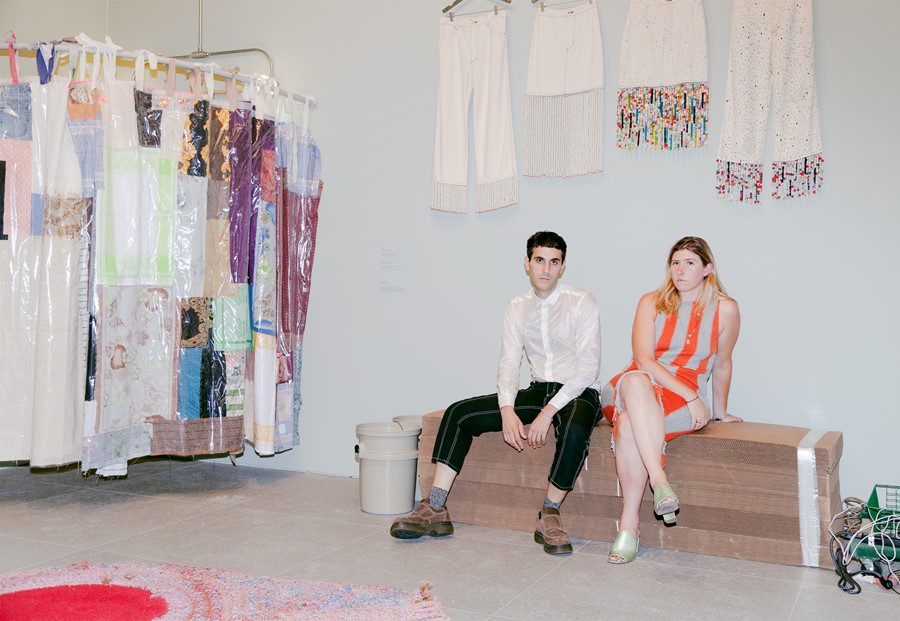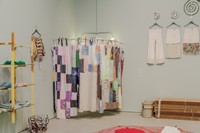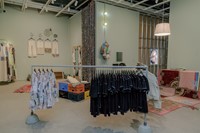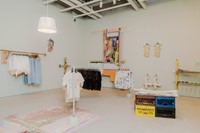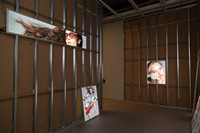As the duo’s debut exhibition opens in New York, Mike Eckhaus and Zoe Latta talk about their interdisciplinary practice
It’s rare to find a company which acknowledges the complexities of existing in the age of late capitalism – and it’s even rarer to find a fashion brand that embraces (as well as challenges) these paradoxes. The label Eckhaus Latta, equally known for its deconstructed, androgynous garments as for its diverse cast of models and experimental fashion campaigns, candidly questions the very established structures it takes part in. Mike Eckhaus and Zoe Latta, the duo behind the namesake brand, have impressively aestheticised a shrewd examination of identity and consumption, working beyond the scope of many of their fashion-centric contemporaries.
It seems apt, then, that Eckhaus Latta is fronting the solo exhibition Possessed at New York’s Whitney Museum of American Art. At the core of the three-room show is an operational retail store, stocked with limited edition pieces visitors are encouraged to touch and try on. Garments are placed on and between the functional artworks of 18 commissioned artists, many of which are friends and collaborators of the brand. The show’s thematic elements align with the sartorial and conceptual work Eckhaus Latta has explored for the past six years, culminating in its largest dissection of selfhood, surveillance, consumerism, and collaboration yet. It’s in the final room of Possessed – a darkened space lined with CCTV footage of the adjacent retail floor – that we spoke with the designers about their interdisciplinary practice.
On surveillance and voyeurism in the retail environment...
Zoe Latta: “A lot of what we are trying to do is make more transparent the junctures or relationships of surveillace in fashion, and the lack of transparency in the sales of things in art institutions. We aren’t interested in ripping the veil off, but maybe lifting it a little, to have people ask: what’s actually going on? So for us, this exhibition was way less statement-oriented in terms of like, ‘Everything must go!’ or ‘Shop ‘til you drop’, or ‘This is a pop-up shop’. It’s not. It doesn’t matter if it sells. It is more to ask the question of what happens when an object is for sale in the sacred space of an art institution, and vice-versa.”
Mike Eckhaus: “You start with something that’s speaking towards artifice, towards something that’s very familiar – how a lot of people think of fashion in this very high-gloss manner. With the numerous artists that we worked with for the space, and the way garments are reacting to each other, we have this space we’re in right now which shows this classic inevitability of fashion and voyeurism, which is a constant, in a way. This isn’t data collection. This is a wink at it, but also to the way you submit yourself to being monitored in some form or another whenever you’re in a retail environment.”

On differentiating art object and fashion garment…
ME: “For us the clothes are not art objects, you know? They’re not ‘art-fashion’ either. They’re just kind of what we make. That was really important for us, at the end of day, as we were contemplating what we were designing and developing for this show.”
On the practice of collaboration…
ZL: “For the artist fixtures, we chose to work with friends that all are asking a similar question to us in terms of: ‘What is the difference between art object and utilitarian object?’ Or, ‘what is the utility in object-ness?’ So, with Susan Cianciolo’s work, it’s always toed that line, mixed with furniture and clothing. With Annabeth Mark’s work, who is a painter – who often paints on jackets and made the big rack [with] the painting that’s hanging off of it – a clothes hanger and a painting hanger can be ostensibly the same thing. And they’re all playing with these different themes within their own work.”
ME: “I think it’s often a lot of trust in collaboration. This isn’t an assignment. We do need it to perhaps function in this manner, or be considered to function in this manner, but, for example: Annabeth [Mark’s] painting and rail is such a beautiful example of ‘How does a painting also become a garment rack?’ and what does that mean?”
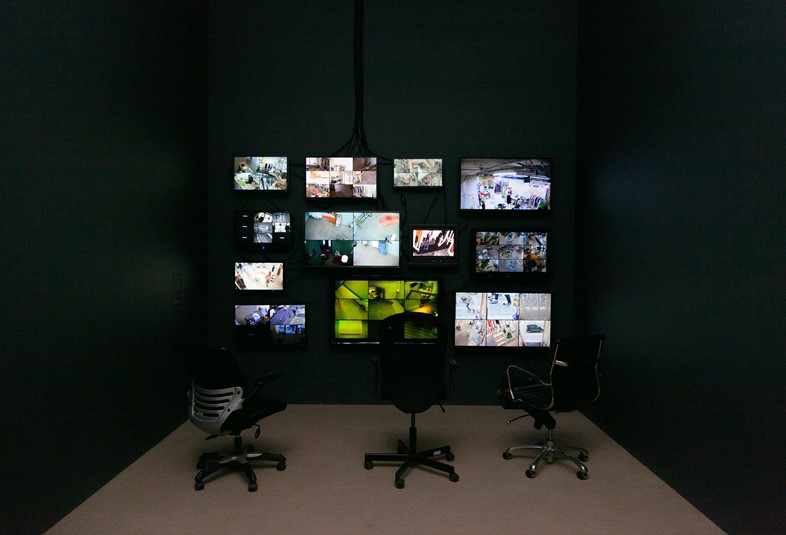
On what viewers can (or can’t) expect…
ZL: “I mean, I’m definitely not interested in prescribing an experience. If someone wants to come in and say this is blasphemy and walk out, that’s fine. And if someone wants to try on every single thing and not buy anything, that’s also fantastic. But, I think the questions for one to ask [are] in relationship to clothing and their identity. How can it manipulate who they are and how they feel they express themselves? And, also the context in which they find those things. To me, a founding line of this exhibition is [where] I’ve had similarly spiritual experiences being in a store than I have to being in a gallery or museum, in terms of relating to human expression, and this just happens to be a place where you can take it home.”
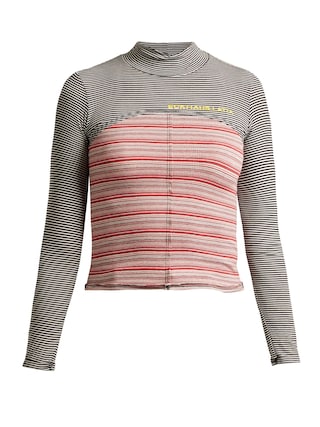
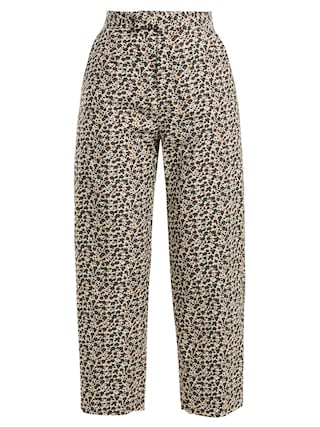


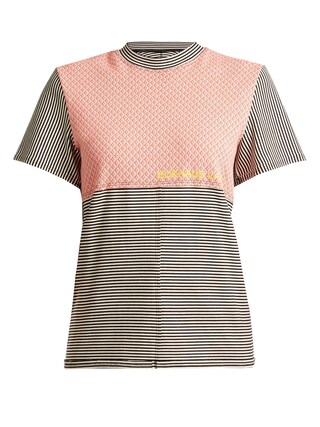
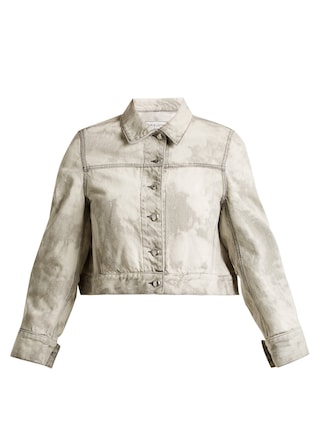
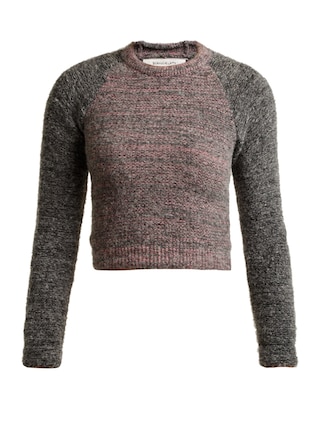

Eckhaus Latta: Possessed runs until October 3, 2018 at Whitney Museum of American Art, New York.
